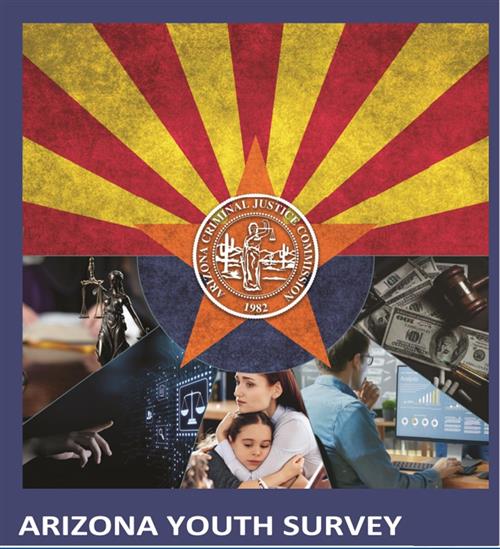- Amphitheater Public Schools
- School Data
Testing/Assessments
Page Navigation
-
There are several publicly available data sets that contain information about Amphitheater schools. Some are linked below.
Arizona Public Data Sets
The ADE provides public datasets and reports to parents, educators, and the community. This data is aggregated and does not contain student-level data. Datasets include: Empowerment Scholarship Account info, Enrollment data, Assessment data, High School Equivalency and GED information, School Finance reporting, and Free/Reduced-Price Lunch Program data.Arizona School Report Cards
The State of Arizona maintains and reports on student enrollment, teacher qualifications, assessment results, graduation and dropout rates, and A-F Letter Grades for every school in the state of Arizona.National Center for Education Statistics
The NCES collects, analyzes, and publishes statistics on education and public school district information.Quick Link: View the District Dashboard to see Amphitheater-specific statistics about poverty, housing, education, and labor force.
Civil Rights Data Collection (CRDC)
Since 1968, the Office of Civil Rights has collected data related to students' access and barriers to educational opportunity from early childhood through grade 12. The CRDC collects information about student enrollment; access to courses, programs and school staff; and school climate factors, such as bullying, harassment and student discipline. Most CRDC data are disaggregated by race, ethnicity, sex, disability, and English Learners.The Nation's Report Card
The National Assessment of Educational Progress (NAEP), first administered in 1969, is the largest continuing and nationally representative assessment of what our nation’s students know and can do in subjects such as mathematics, reading, science, and writing. Standard administration practices are implemented to provide a common measure of student achievement. The results of NAEP are released as The Nation’s Report Card, and are available for the nation, states, and in some cases, urban districts.Small Area Income and Poverty Estimates (SAIPE)
The US Census Bureau produces single-year estimates of income and poverty of school-age children for the nation's 13,000+ school districts.Arizona Youth Survey
The Arizona Youth Survey assesses the prevalence and frequency of youth substance use, gang involvement, and other risky behaviors. At the school and district level, administrators may use data from this report to guide decision-making around prevention programming and services.






